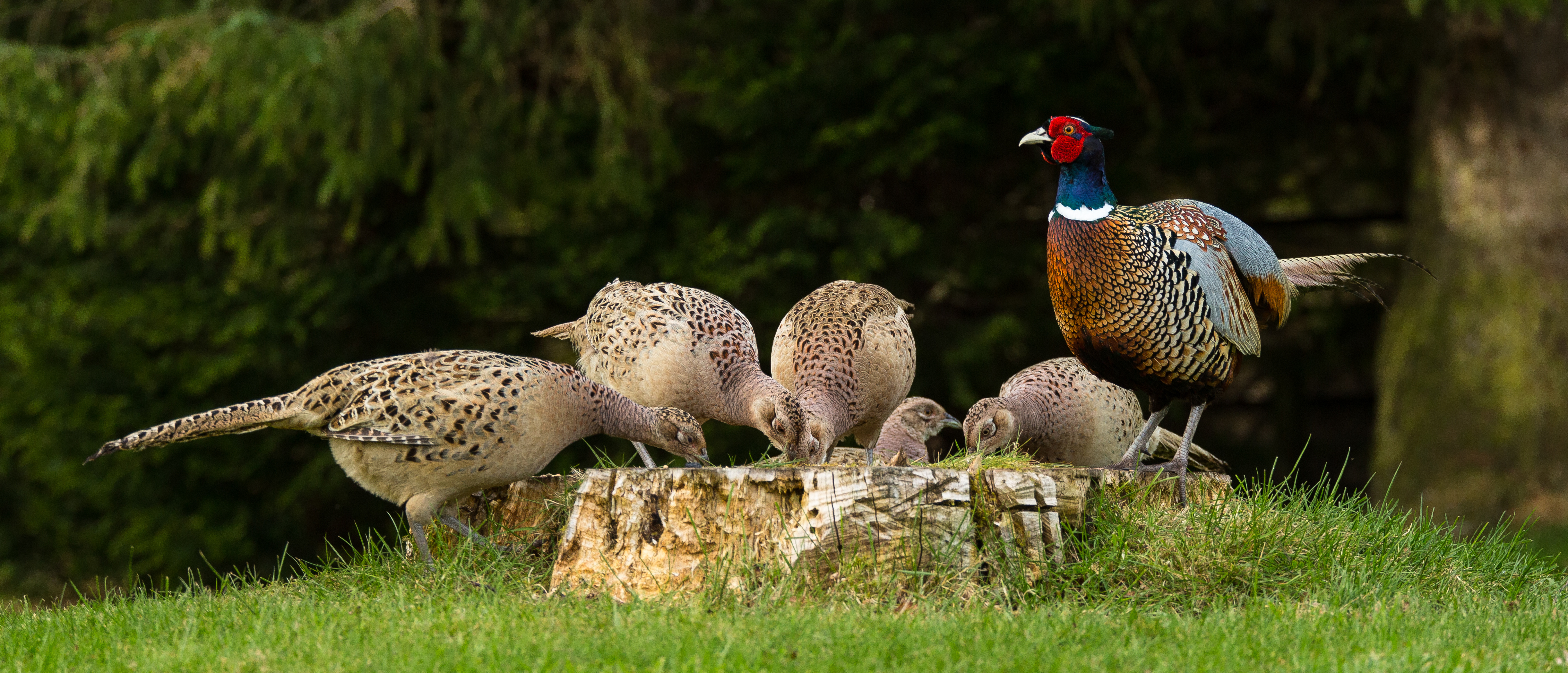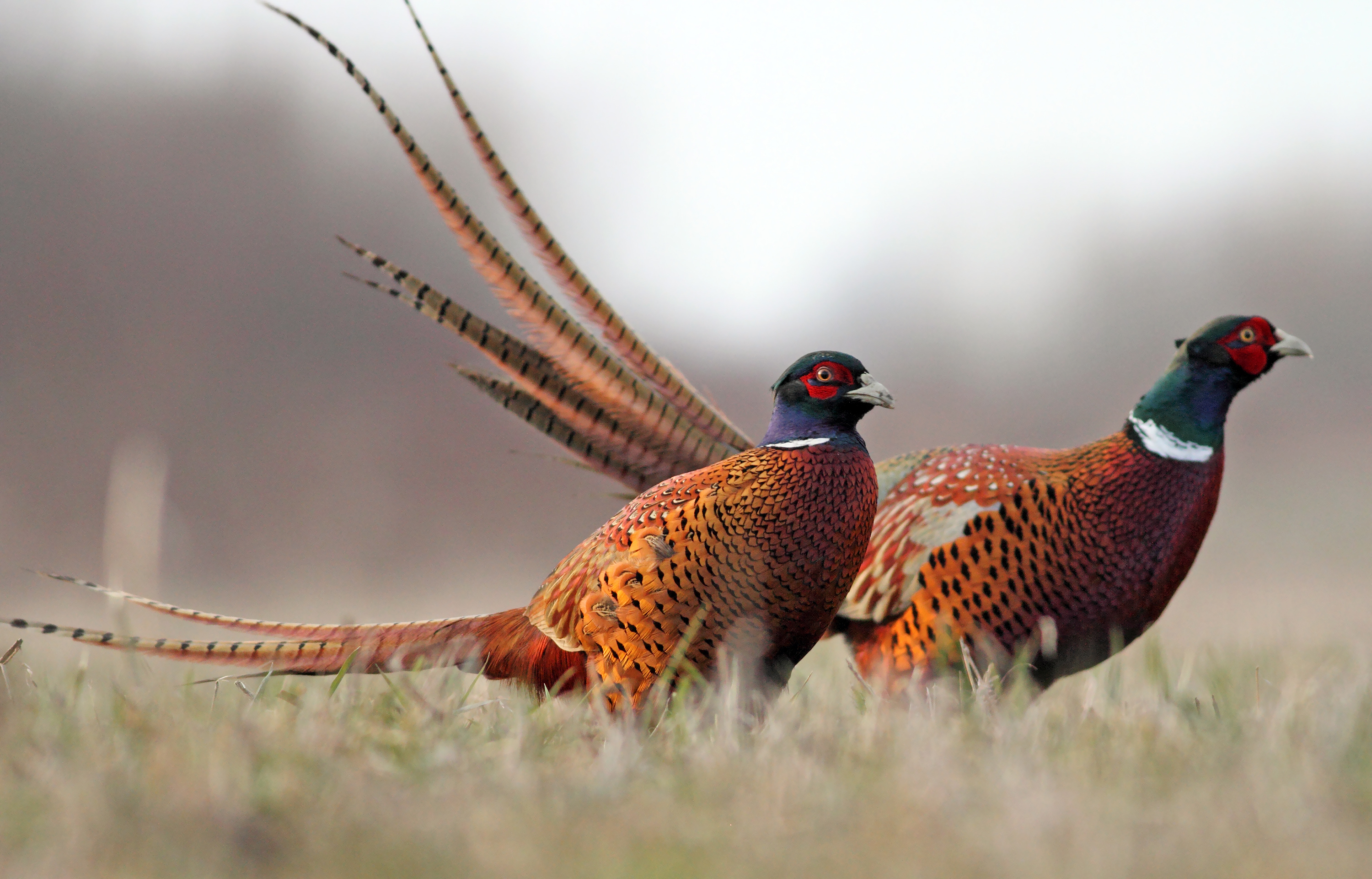



Making life pleasant for pheasants
Thanks to increasing oversight and clearly codified regulations, pheasant welfare has improved significantly in the UK in recent years.But compared to other pheasant-rearing countries such as Australia, are British pheasant farms ahead of the game?
Pheasant farms attracted a bad reputation around ten years ago when poor welfare practices were exposed, but gallant efforts since then to improve the sector seem to be working.
Back then, reports emerged of pheasants being kept in overcrowded conditions before they were being released for shoots across the UK. In 2013, the UK government drew up a set of regulations for managing the habitats in which pheasants reared for sporting purposes were kept.

The regulations followed research by the Farm Animal Welfare Committee and were drawn up as the official Code of Practice for the Welfare of Gamebirds Reared for Sporting Purposes. Failure to follow these welfare codes was deemed an offence.
The code states that gamebirds reared for shoots must:
- have an environment appropriate to their species, age and the purpose for which they are being kept, including adequate heating, lighting, shelter, ventilation and resting areas;
- have ready access to fresh water and an appropriate diet to maintain growth, health and vigour;
- be provided with appropriate space and facilities to ensure the avoidance of stress and to allow the exhibition of normal behaviour patterns;
- be provided with company of their own kind as appropriate for the species concerned; and
- be adequately protected from pain, suffering, injury or disease. Should any of these occur a rapid response is required, including diagnosis, remedial action and, where applicable, the correct use of medication.
Routine inspections are carried out by the Animal and Plant Health Agency who enforce the rules. The agency also investigates complaints and can bring prosecutions where necessary.
Since the Code of Practice was drawn up there has been a reduction in the number of welfare issues among pheasant farms, which is good news according to the Game Farmers’ Association (GFA). The association represents game farmers throughout the UK and has around 250 members. Its political adviser, Charles Nodder, says that standards are continually improving.
“Pheasants and partridges reared in captivity are safeguarded by general animal welfare laws but in addition, each of the UK home nations now has its own government Code of Practice for the Welfare of Gamebirds Reared for Sporting Purposes,” says Nodder.
He continues: “These codes specifically cover all the main processes in game bird rearing, setting standards that must be adhered to and providing appropriate guidance.
“They were written by government vets and are advocated throughout the sector. For example, in order to join the GFA, members are required to rear their game birds in accordance with the government code applicable where they operate.
“Although game rearing is often picked on by animal rights campaigners because of its association with shooting, which they do not like, incidents of poor welfare in game birds are actually few and far between.
“Over a typical period a few years ago, of all complaints made by the public to the RSPCA only one in 2,000 concerned game birds,” he adds.

With the threat of avian influenza ever-present, game farms must be on their guard to protect pheasants from contact with wild birds.
Guidelines stress that breeders keeping 50 birds or more must provide details on the species of bird, the husbandry system in which they are kept, the number of species usually kept and the number of birds that have access to open air, as well as details on seasonal stocking variations and nearby open water.
Breeders must adhere to all the usual biosecurity rules to avoid contact between their flocks and wild birds. They must also notify the authorities if there are any changes in stocking rates by an increase or decrease of 20 percent.
The pheasant-hunting season in the UK runs from 1 October to 1 February, with the exception of Northern Ireland where the season ends on 31 January.
There is no doubt rearing and shooting game birds for sporting purposes is big business in the UK, contributing over £1.6 billion to the economy each year. Figures state there are around 40 million game birds, between 30 million and 35 million pheasants, reared and released for shooting in the UK annually.
Although there are around 400 game farms in the UK, around 40 percent of the pheasants reared are imported, mostly as hatching eggs, with a smaller number of day-old chicks from France.
Game bird farming is also becoming quite a boom industry in Australia, and even though quail is the number one bird in terms of demand, pheasants are also popular there with consumers, restaurants and shoots.
With Australia’s range of habitats and climatic conditions, the guidelines for rearing game birds differ somewhat to those in the UK. In Australia, for example, it is typical to house pheasant breeding stock in individual mating groups and, though to a much lesser extent, to allow them to range in larger populations in outside runs. Pheasants are provided with areas for flight in either large aviaries or netted pens. Alternatively, they may be grown in open pens if one of their wings has been clipped to prevent them from flying away.
The way in which breeding stock is housed will be governed by the size and structure of the enterprise, the land available, the purpose of breeding (colony breeding or selective breeding) and the type of market for which the pheasants are being reared. For example, regulations for selective breeding require that single males are housed with up to six females, or that paired birds are housed individually.
Australian pheasant producers use turkey crumb to feed their birds if they cannot source specifically formulated pheasant feed, due to both bird types having similar nutritional requirements.
Authorities in Australia offer guidelines to producers to help them react if and when diseases such as coccidiosis and blackhead occur. If outbreaks of these diseases are widespread, preventive drugs can be added to the ration. Alternatively, outbreaks can be treated with drugs in the drinking water.
A good on-farm hygiene programme is encouraged by the authorities to help keep disease outbreaks to a minimum. These include cleaning pens out often, avoiding dampness in the pens, distributing fresh litter or sand around the floor of the sheds and isolating diseased birds from the rest of the flock.









